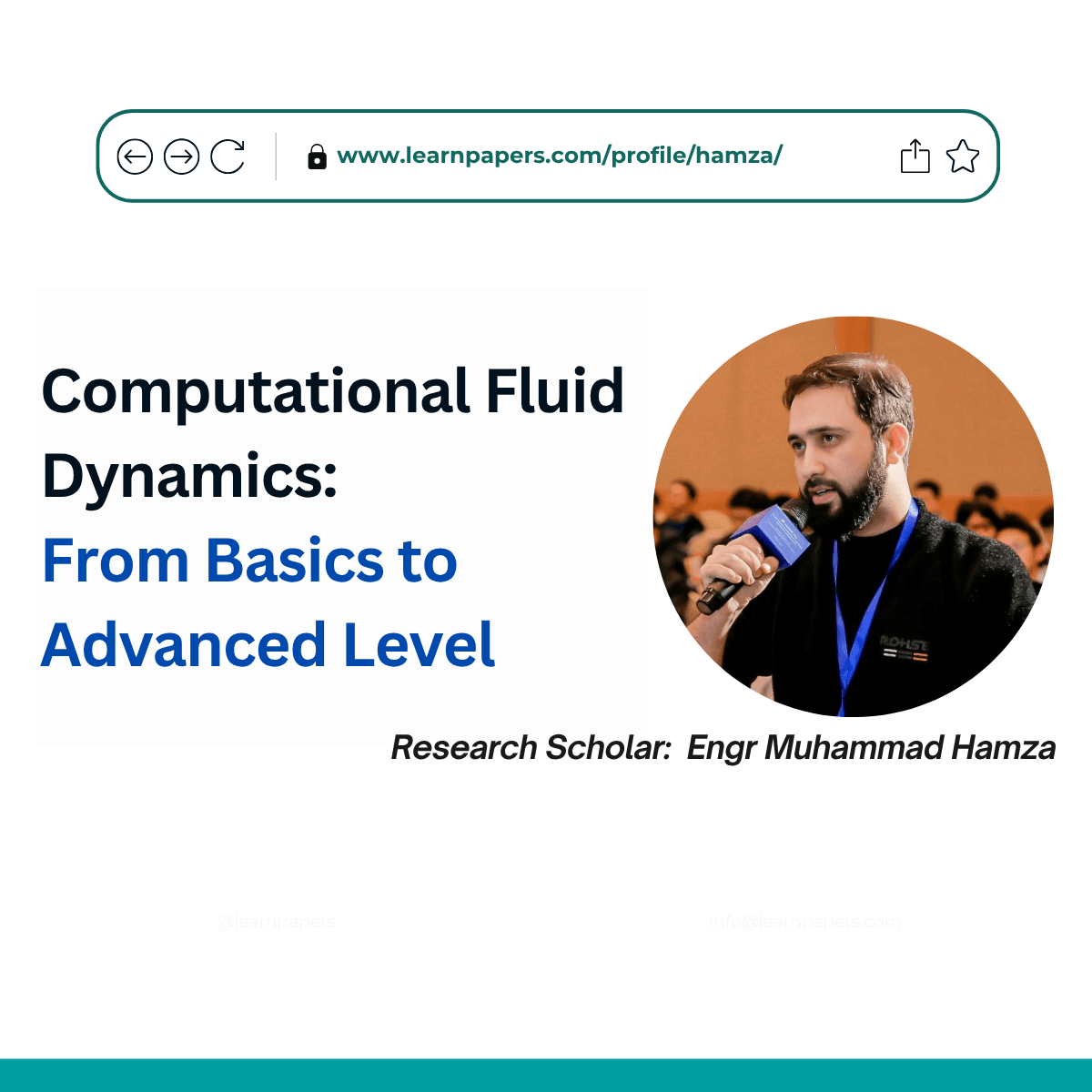Computational Fluid Dynamics: From Basics to Advanced Level (OpenFoam)

About Course
Welcome to the 6 weeks courses on Computational Fluid Dynamics – Basics to Advanced Level via OpenFoam software. Each week below outlines the theoretical lectures, OpenFOAM software modules, practical labs, and project milestones. The course runs for 6 weeks, with daily 1.5-hour sessions that combine ~45 minutes of theory and ~45 minutes of hands-on practice using OpenFOAM. This ensures learners immediately apply CFD concepts in software. Emphasis is placed on the full simulation workflow – from pre-processing (CAD & meshing) to solving and post-processing – mirroring industrial CFD practice. Example projects span mechanical, civil, and aerospace domains to demonstrate broad industrial relevance.
Course Content
Week 1: CFD Fundamentals & Governing Equations
Overview of CFD & its Engineering Applications in Design & Analysis
The CFD Workflow: Pre-processing, Solver processing, Post-processing
Type of Fluid Flow: laminar, turbulent, steady, unsteady, compressible, Incompressible
Conservation of Momentum, Mass & Energy
Navier–Stokes equations and their physical interpretation
Simplifications for incompressible and steady flows
Boundary and initial conditions in CFD
Nondimensional numbers: Reynolds, Mach, and Prandtl
Week 2: Numerical Methods, Discretization, Turbulence Modeling, and CFD Best Practices
Week 3: OpenFOAM Basics & Case Setup
Week 4: Advanced OpenFOAM Tools & Turbulent Simulations
Week 5: Basic CFD Project (Internal or External Flow)
Week 6: Advanced CFD Project (Personal Choice Industrial Application)
Advanced CFD Project – Environmental or Aerospace Flow
Student Ratings & Reviews

